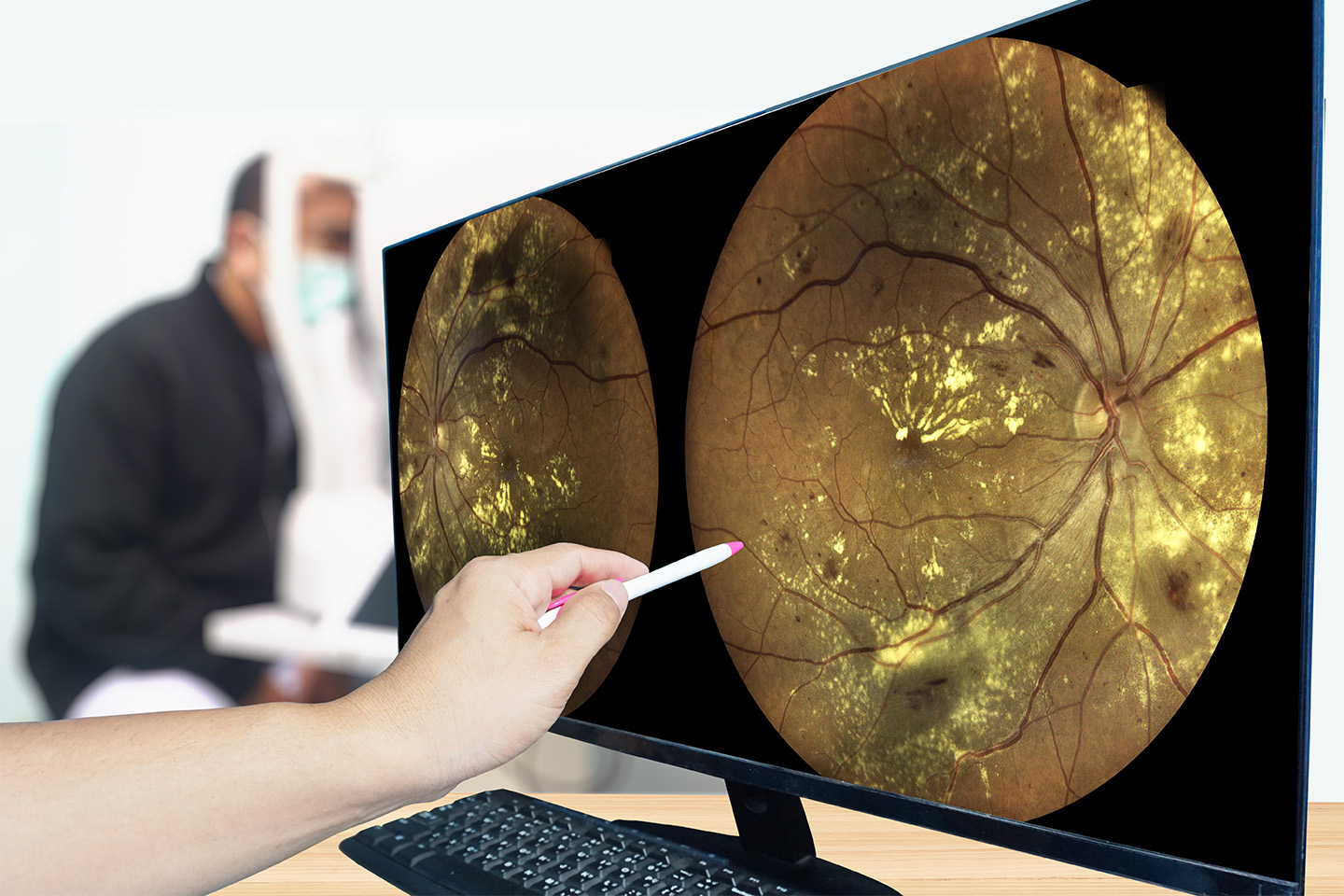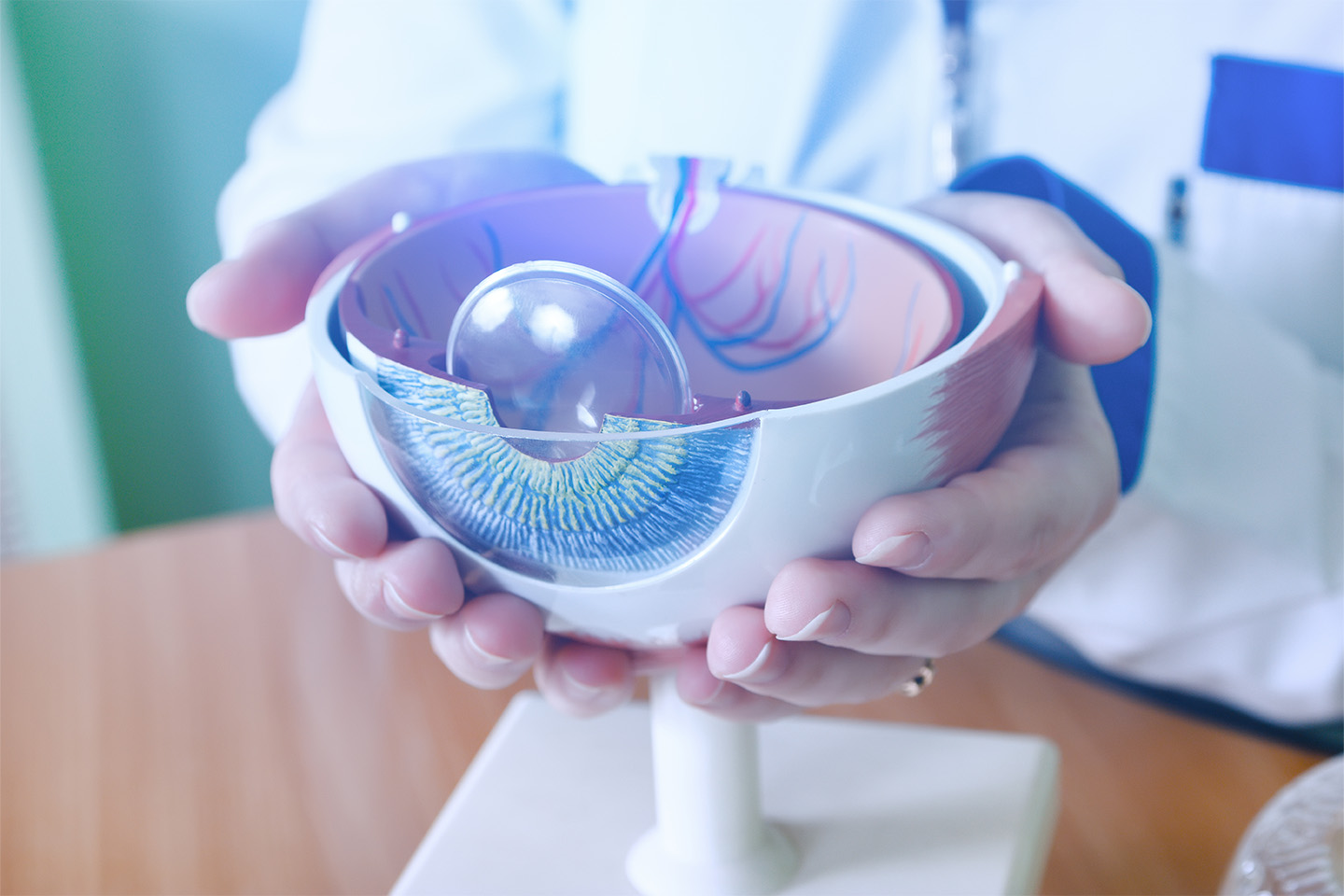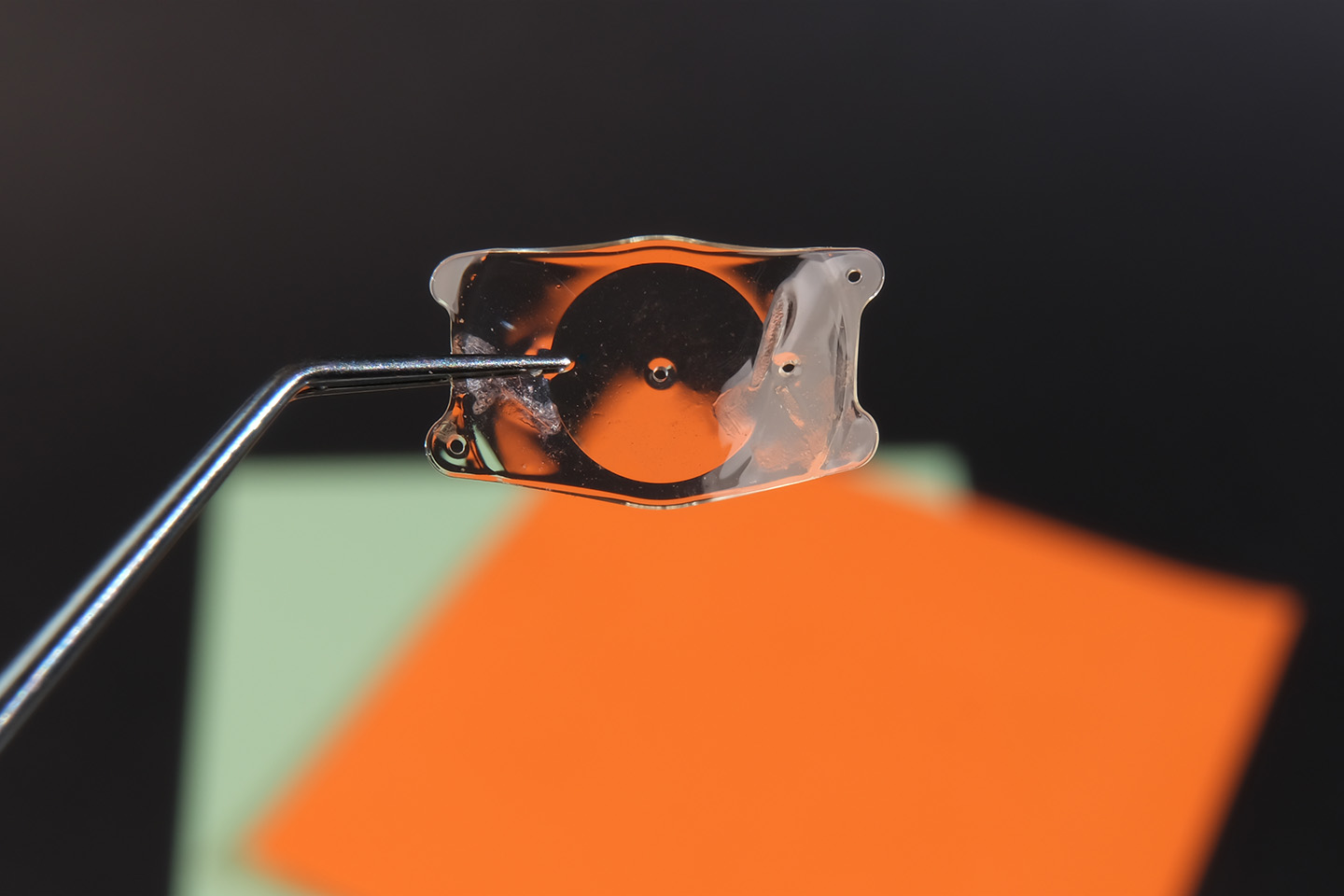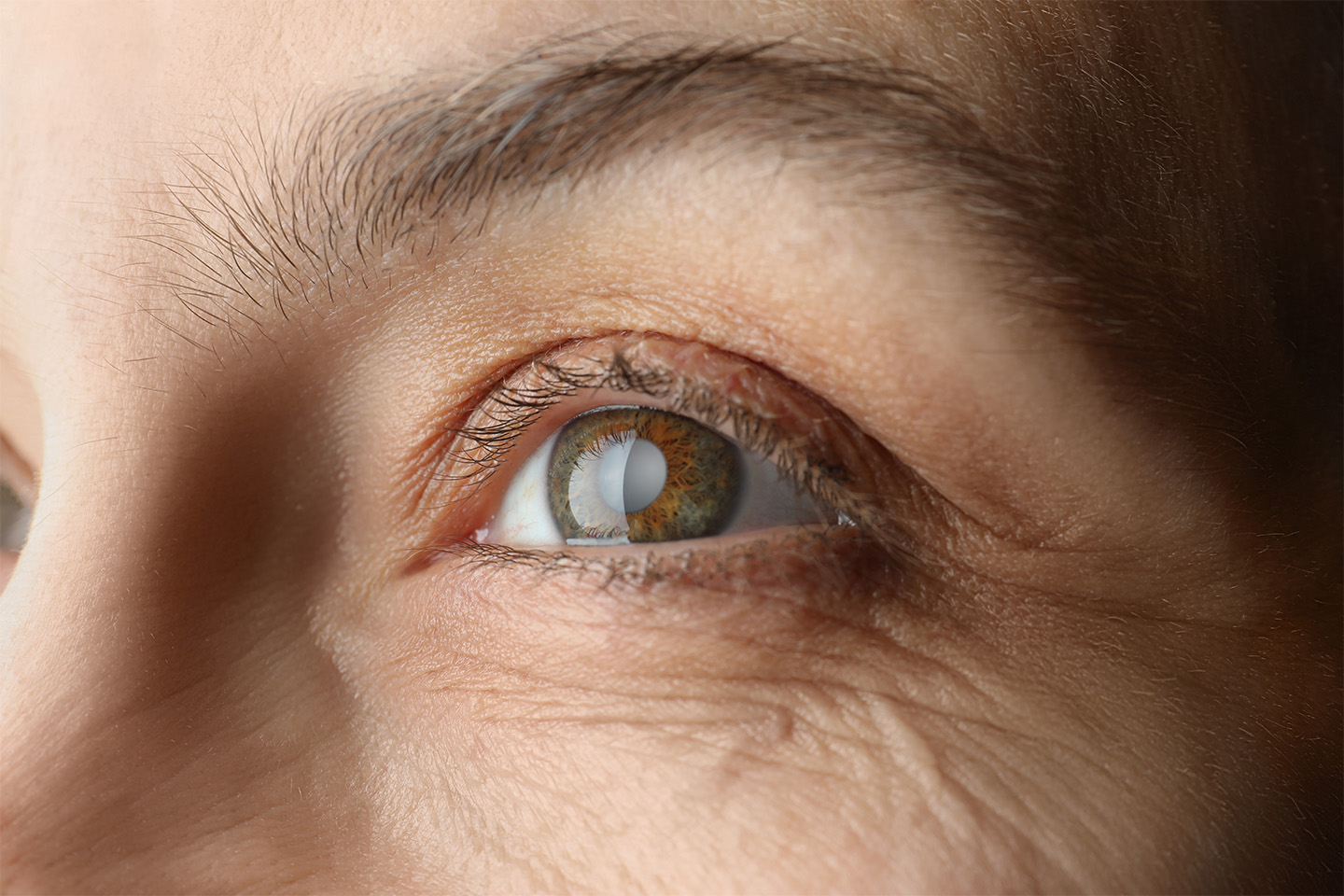Is LASIK a Permanent Vision Correction Solution?
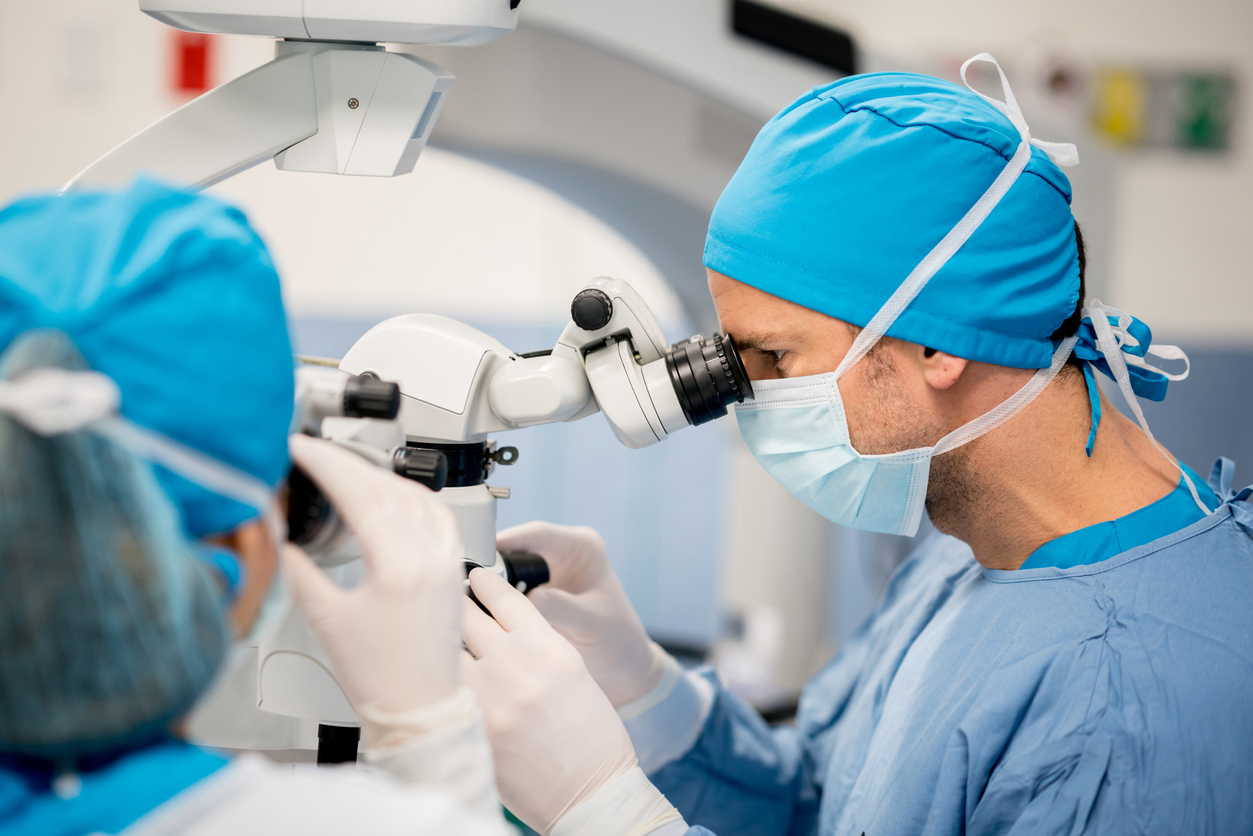
LASIK helps millions of people enjoy life without the need for glasses or contact lenses. So if you opt for the procedure, how soon can you expect to see results — and for how long?
With more than 660,000 surgeries completed in 2018, LASIK is one of the most popular procedures undertaken in the United States. Thanks to LASIK — a procedure that involves a specialist shaping the cornea with precise laser technology — millions of Americans can go through their daily routine without having to deal with the hassle of glasses or contact lenses.
If you’re considering LASIK to improve your vision, you probably have a number of questions you’re thinking about as you weigh whether or not to go through with the procedure. For example, how soon will you be able to see results? And, once you do, how long will these results last?
Just as everyone’s vision needs are unique, so too will your recovery from LASIK vary from that of other patients. However, the general post-op experience can give you an idea of what that recovery time may look like, and whether or not your results will be completely permanent.
When You’ll See Full Results from LASIK Surgery
Recovery from LASIK goes through stages. Immediately after the procedure, your eyes will likely be cloudy, making it difficult to see. However, that cloudiness usually clears up within several hours. Over the following 24 to 48 hours, you’ll be checking in regularly with your doctor so that they can monitor your progress as your eyes heal and as you begin to see regularly again.
Your vision will begin to stabilize more completely over the next several months. However, this process can take three to six months to normalize as your eyes continue to acclimate. During that time, it’s not uncommon to experience glares, haloes, or difficulty seeing at night.
How Long LASIK Results Will Last
For most patients who opt for the procedure, LASIK provides permanent vision improvement. However, a minority of patients will see changes in their eyesight after LASIK that may require additional surgery.
Such developments may pop up several months after the procedure — or several decades. The exact circumstances behind these changes differ from patient to patient, but typical causes include nearsightedness, farsightedness, and astigmatism. The onset of cataracts may also trigger changes in eyesight that affect the results of a LASIK procedure.
Why You Might Need LASIK Enhancement
If your eyesight changes even after LASIK, you may need to go back in for something called LASIK enhancement. This may be required if changes both related and unrelated to the surgery alter the anatomy of the eye in such a way that specialists need to make adjustments. In addition to the causes outlined above, over- or under-healing of the eyes and general cornea health may call for additional attention.
While some of these changes are so slight that many patients choose not to undergo LASIK enhancement, others may experience marked-enough changes that a second go is necessary. In this instance, you’ll have to consult with your doctor to understand how your first LASIK procedure would affect a follow-up.
Speaking with a Specialist
If you’re looking into LASIK for the first time or you’re curious about whether or not you need LASIK enhancement, don’t hesitate to schedule a consultation today. At ICON Eyecare, our team can help you understand your options, learn more about your particular needs, and work with you every step of the way as you consider permanent vision improvement.
[DISPLAY_ULTIMATE_SOCIAL_ICONS]

